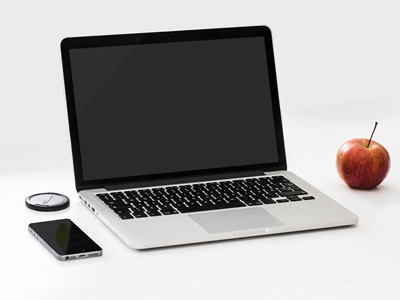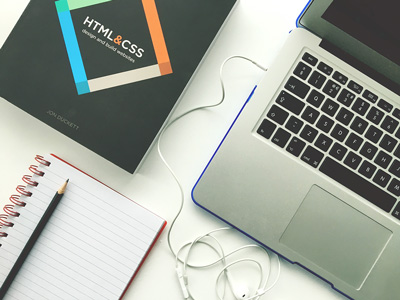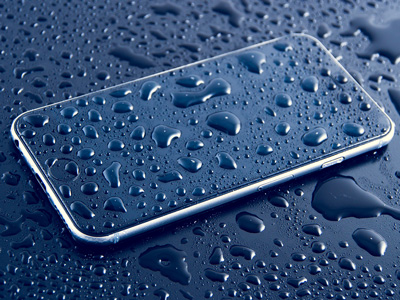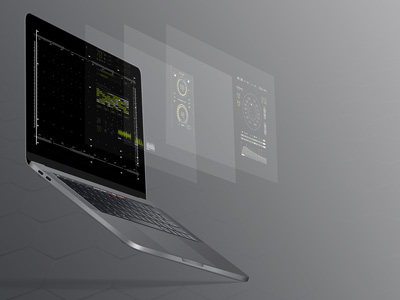We will work with you to design a website that best portrays your business, creating an online portal for you to advertise your services to a wider audience. All of the websites that we create are always polished off with the greatest attention to detail, fully functional on various browsers, responsive to multiple devices, free from errors, typos and dead links.
Web Design
Responsive websites that
work on multiple devices
work on multiple devices
Are you looking to redevelop your existing website?
What to expect – The Web Design Process
1) Assessment Stage
Whenever we are approached by a potential client, our first order of business is to try and establish what type, size and style of website they are hoping for us to acheive. During this stage we also try to ascertain what content the client can provide towards the website. Whether they have a descent amount of fresh content, non-plagiarized text, royalty-free images and whether they already have an established logo designed for their business. With the information we gather during the preliminary assessment we are able to provide the client with a free quote.


2) Design Stage
After the initial correspondence and an agreement to procede, we then set about to work on a custom-made website for our client. During the Design Stage we work closely with our clients to gather as much information as possible. This includes managing the menu system for the website, so we establish the pages we will be developing and where they will be located on the website. Once we know this information, we then set about designing the website, keeping the client well-informed during the process for their invaluable input.
3) Adding Content Stage
The next stage is where we start adding content. This is when we begin working on each of the pages individually. Once all of the content a client provides is added, the website begins to take shape. We always ask our clients to provide fresh content that has been added to a word document. Be sure to supply more than a few lines of text for each page and not use any plagiarised text that may be in violation of copyright rules. The same applies to images, we need royalty-free images that are not just copied from another site, but rather created by the client or a source that gives you permission to use them. If this is an issue for our clients, we can provide images for them.


4) Website Functionality Stage
Once we are happy with the level of content for each page, we then enter the Functionality Stage. This stage may involve us adding social media links to the site, website hit counters, internal and external links, slideshows, videos, audio, contact forms and blogs. The Home Page for our websites tend to have a slideshow to showcase offers, events or to highlight certain locations within the website. If a blog is to be added, we would need to figure out what kind of blog we would be building and adding the content to each of the blog posts.
5) The Final Draft
Before we make the website fully responsive for different screen sizes and launch the website, we enter the Final Design stage. This involves Web Design Halton and the client working closely on the overall design and feel of the website. This can sometimes lead us to completely changing the style of the entire website, before polishing it off to look as presentable as possible.


6) Responsive Stage
When the website has taken shape and displays correctly with all of the major browsers on a desktop computer, we then enter the Responsive Web Design Stage. This is when Web Design Halton make the website fully responsive to different screen sizes so that it will display and function correctly on Laptops, Tablet Devices and Mobile Phones. This involves us adding more code to the website, inputting Media Queries for various screen sizes often resulting in us having to alter images for better resolutions on smaller devices. Depending on the size and functionality of the website, this can be quite a time consuming task and can sometimes take us a few days to acheive.
7) The Testing Stage
When we are completely satisfied with the websites responsiveness, we then enter the Testing Stage. This is when we extensively test it on multiple devices and browsers to ensure it is working correctly. Some web designers are guilty of churning out websites without properly testing them on multiple browsers and devices first, we fully test all of our websites before launching them. We always generate SiteMaps for the browsers to affectively crawl the website. We also test the websites using Google PageSpeed Insights, the W3C Link Checker and the W3C Markup Validator, ensuring the website isn’t being negatively ranked by the browsers whenever they are scored by the search engines.


8) The Launch
Once it is fully functional and our clients are happy with the website, we then enter the Launch Stage. Before the website goes live, Web Design Halton will register it with Google to help it get recognised by the main browser. We may also add website analysis code to the site so that we can collate SEO data further down the line. Following the launch, we will monitor the website for an extended period to ensure that everything is still working correctly.
9) Website Maintenance
After the website has gone live, it will need to be updated on a regular basis to help boost its search engine rankings. This keeps the content fresh for the browsers that crawl the site and score it accordingly. If your business is regularly offering different services throughout the year, the Website Maintenance service from Web Design Halton is ideal for your website.




Comments are closed.